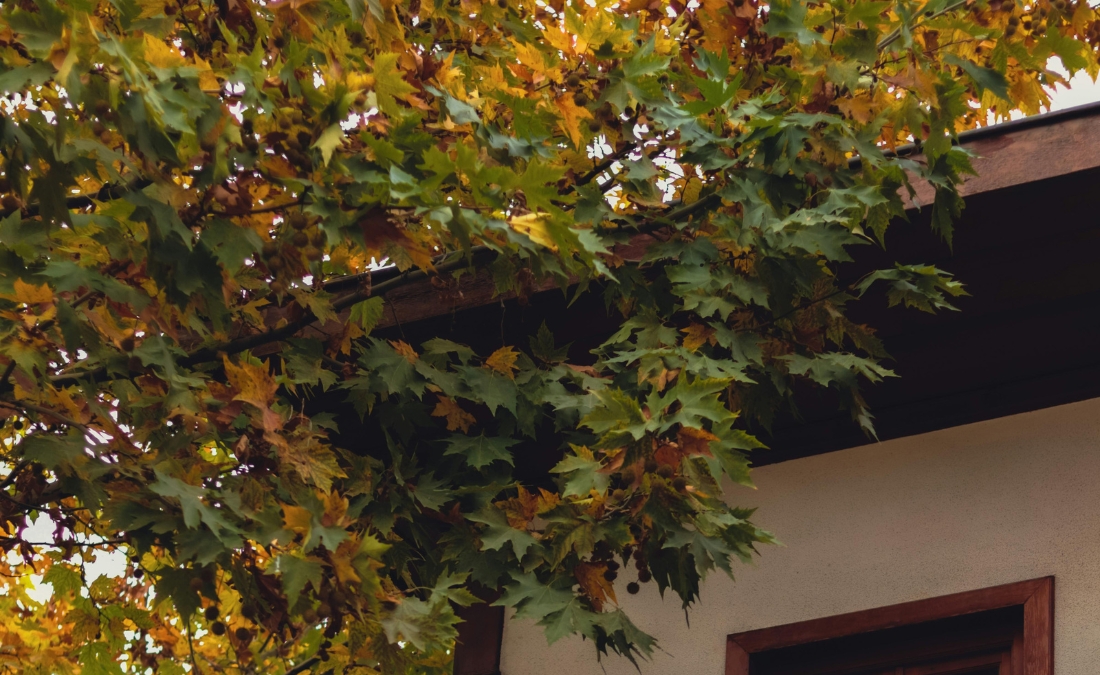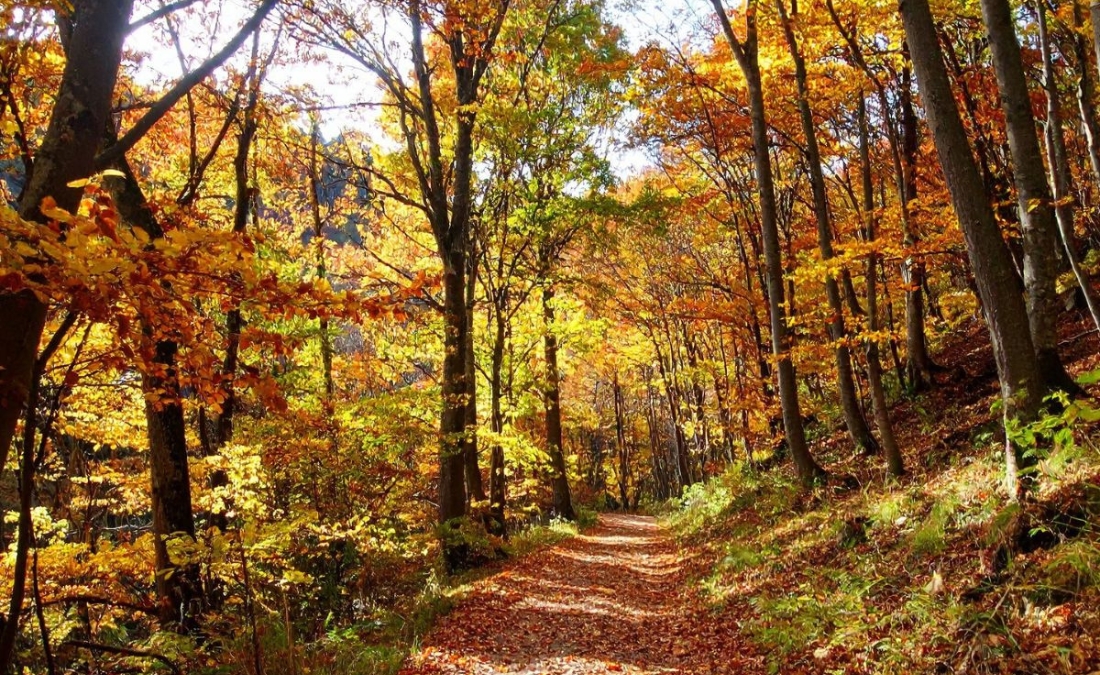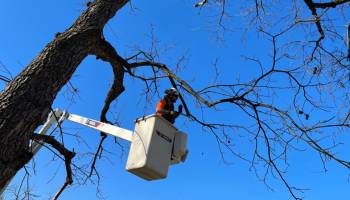Kansas City’s Winter Tree Pruning Guide: Best Timing for Oak, Elm, Pine & Beech Trees
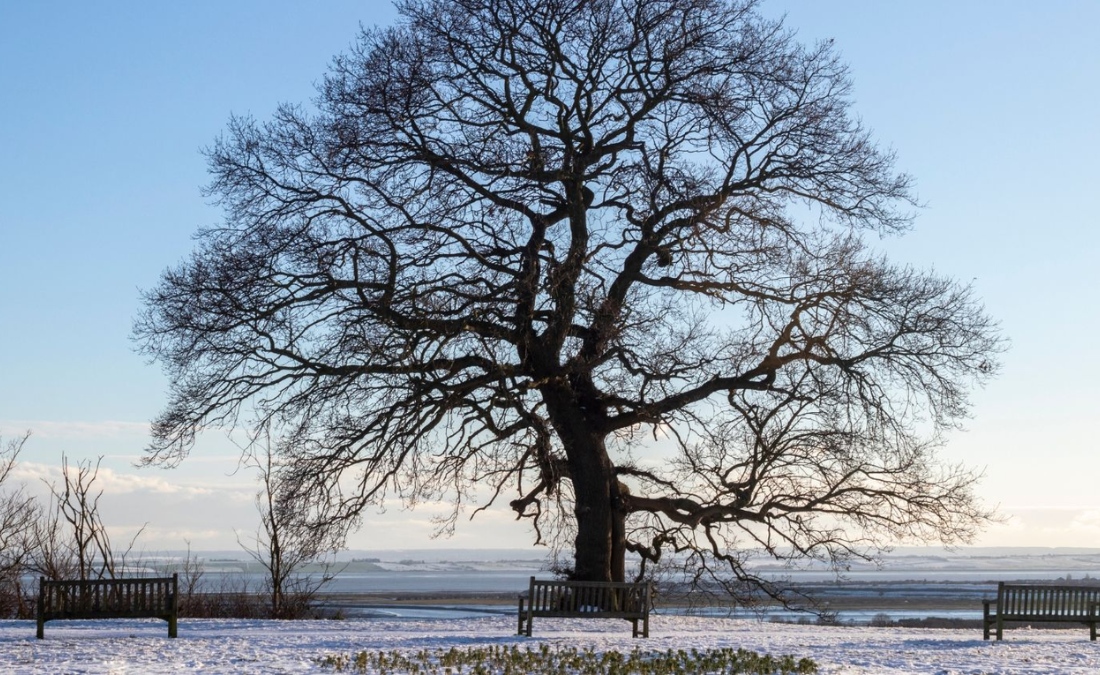
Pruning at the wrong time can spread deadly tree diseases. Discover Kansas City’s safe winter pruning windows for oak, elm, pine, and beech trees.
Winter tree pruning in Kansas City isn’t just about keeping trees healthy – it’s about keeping them alive. Oak wilt and Dutch elm disease are deadly infections spread by insects attracted to fresh pruning wounds. Cut at the wrong time, and you’re inviting these disease-carrying beetles to your property.
The good news? Winter offers a safe pruning window for most trees when disease pressure drops and trees heal efficiently. Understanding species-specific timing protects your investment while improving tree structure, removing hazards, and enhancing your property’s curb appeal.
Key Takeaways
- Oak trees must only be pruned December through February to prevent oak wilt, which can kill some species, like red oaks, within weeks.
- Only prune elm trees between October and March to avoid Dutch elm disease spread by beetles that are active April through September.
- Pine trees have a more flexible February to early April pruning window before active spring growth begins.
- Emergency storm damage needs immediate attention, but oak cuts must be painted within 15 minutes during high-risk months.
- Professional arborists should always handle oak and elm pruning due to strict disease prevention protocols and tree health concerns.
Why Is Dormant Season the Best Time to Prune Kansas City Trees?
Winter is the safest – and often the most effective – season for pruning trees in the Kansas City area. When trees are dormant, they conserve energy, making pruning less stressful and lowering the risk of disease. Once spring arrives, they can focus their energy on strong, healthy regrowth.
Here’s why winter pruning makes sense:
- Clear Visibility: With no leaves in the way, arborists can easily spot dead wood, crossing branches, storm damage, and structural issues.
- Lower Disease Risk: Freezing temperatures slow or stop the insects and fungal spores that spread common tree diseases, keeping fresh pruning wounds protected.
- Faster Recovery: Trees are dormant now but shift into growth mode in spring, which is perfect timing for natural would sealing and new tissue development.
- Reduced Stress: Pruning in winter minimizes water loss and sap bleeding, giving trees a smoother recovery compared to pruning during active growth.
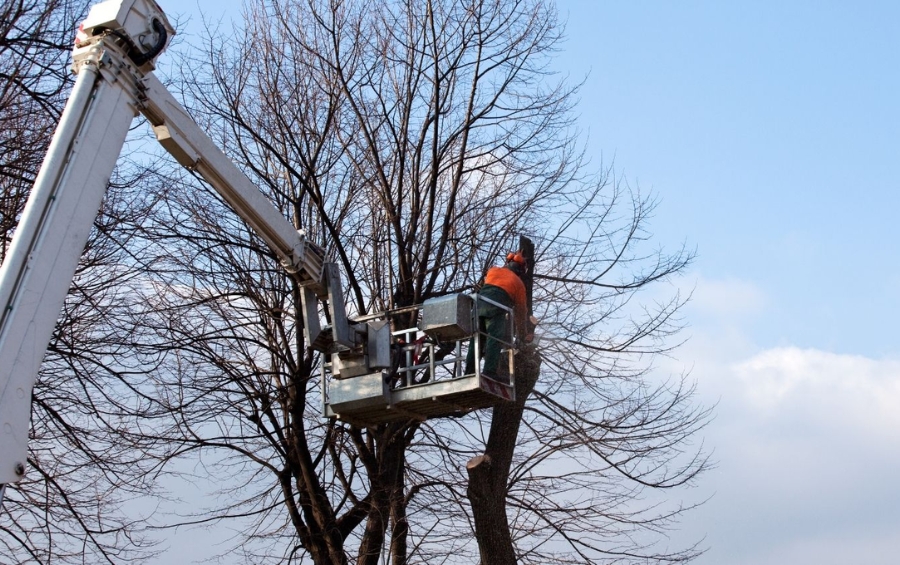
Why Some Trees Need Different Timing Windows
While most trees do well with general winter pruning, oak and elm trees are a bit different. They face deadly disease threats spread by insects that are only dormant during specific months. For these species, pruning outside the safe window isn’t just risky; it can be fatal. That’s why identifying your tree species before you schedule a pruning service is the most important first step.
What Are the Safe Pruning Windows for Kansas City Trees?
With species-specific risks in mind, here’s a quick reference to know exactly when you can safely prune Kansas City’s most common trees, before going into more details on each one:
| Tree Species | Safe Pruning Window | Dangerous Period | Disease Risk |
|---|---|---|---|
| Oak (all species) | December-February | April 15-July 15 | Oak Wilt (CRITICAL) |
| Elm | October-March | April 1-September 30 | Dutch Elm Disease (CRITICAL) |
| Pine | February-Early April | Late Summer/Fall | Lower risk |
| Beech | February-March | Growing season | Moderate risk |
When Should You Prune Oak Trees in Kansas City?
Oaks should only ever be pruned between December and February when cold temperatures keep the sap-feeding beetles that spread oak wilt dormant.
Oak wilt is one of Missouri’s fastest tree killers. The disease spreads most aggressively from mid-March through mid-July, when the beetles are active and attracted to fresh pruning cuts.
The stakes here are extremely high, as red oaks infected with the disease can die within weeks because the fungus blocks water transport. White oaks show more resistance but remain vulnerable. But, once the disease enters a tree, there’s no cure – only expensive management to prevent spread through root grafts.
Why Oak Wilt Risk Is So High in Kansas City’s Northland
Oak wilt is already present in the Kansas City metro. Communities like Liberty, Parkville, and other established Northland neighborhoods are particularly vulnerable due to tree placement. These mature neighborhoods have large oaks planted close together, often 20-30 feet apart, with root systems that have grafted underground over decades.
And when oak wilt infects one tree, it can spread through these root connections to kill an entire block of oaks within a single season. Because these trees represent significant property value, proper pruning is critical for avoiding the spread and devastation of oak wilt.
PRO TIP: Never prune oaks between April 15 and July 15, as this is when peak beetle activity and maximum sap production occur simultaneously, making any wounds extremely high-risk.
Emergency Oak Pruning During Spring and Summer
Sometimes you can’t wait for the safe pruning window. When hazardous branches break during spring or summer storms, safety takes precedence over timing. The key is following strict emergency protocols: all cuts must be painted with latex house paint within 15 minutes to prevent beetles from detecting fresh wounds. While this isn’t ideal, it’s far better than leaving dangerous branches hanging over your home and a great example of why it’s important to work with a team of professionals who have the training and materials to handle emergency oak work while minimizing disease risk.
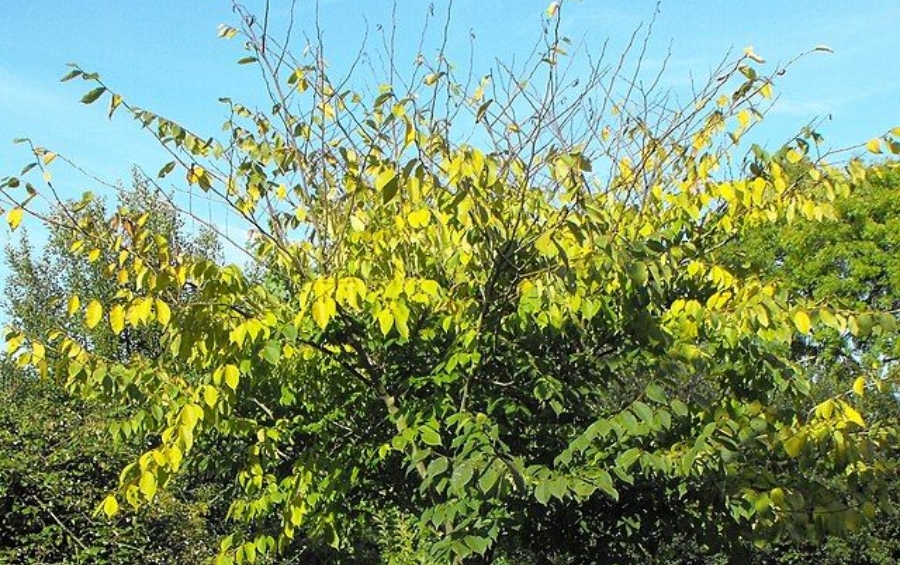
Elm trees in Kansas City’s Northland are vulnerable to Dutch elm disease; winter pruning helps prevent the spread of this fatal fungus.
When Should You Prune Elm Trees in Kansas City?
Elm trees should only be pruned when they are in full dormancy, between October-late February.
Dutch elm disease (DED) has devastated elm populations across North America since its introduction in the 1930s. Today, there are few mature American elms remaining in Missouri, making pruning timing just as critical as it is for oaks.
DED spreads via bark beetles that come out in spring (April 1) and stay active through fall (September 30). These beetles breed in dead elm wood, then fly to healthy trees in search of sap-oozing wounds for a meal, bringing deadly fungal spores with them. A single beetle carries enough spores to infect and kill a healthy elm.
Why Kansas City’s Remaining Elms Are Worth Protecting
Kansas City’s remaining elms, particularly American elms in historic neighborhoods, such as Riverside and North Kansas City, represent both valuable landscape assets and a connection to the city’s past. And while they may have survived decades of disease pressure, they still remain vulnerable.
These mature trees can live for centuries if properly maintained, but there’s no cure once Dutch elm disease infects a tree. One mistimed pruning cut during beetle season can trigger infection that spreads through root grafts to neighboring elms, potentially killing an entire street’s tree canopy within two seasons. Proper pruning timing is the only reliable prevention.
When Should You Prune Pine Trees in Kansas City?
Pines face much lower disease pressure than oaks and elms, giving you more flexibility with timing. The ideal window is February through early April – after the coldest winter weather has passed but before active spring growth begins.
During this period, pines are fully dormant but close enough to the growing season that wounds seal quickly once growth resumes. This timing gives you the best of both worlds: minimal stress on the tree during dormancy and rapid healing as spring arrives.
Avoid late summer and fall pruning. Cuts made during these seasons don’t have enough time to seal before winter, leaving wounds exposed to cold damage and potential disease entry.
How Pines Respond Differently to Pruning
Pines only grow from terminal buds at branch tips. You cannot prune a pine branch back to older wood and expect regrowth. Cutting to old wood results in permanent branch removal.
Most pines maintain attractive form with minimal pruning. Unless dealing with dead branches, storm damage, or clearance needs, your pines likely need little intervention.
When Should You Prune Beech Trees in Kansas City?
Beech trees require specific timing due to their thin, sensitive bark, which makes them more vulnerable to excessive sap loss and insect damage than thick-barked species. Prune in February through March to minimize sap flow and reduce insect attraction while trees remain dormant.
Never remove more than 25% of a beech tree’s canopy in a single season. Exceeding this limit can shock the tree and trigger decline, particularly in older ones. If significant structural work is needed, spread pruning over multiple years.
Frequently Asked Questions About Winter Tree Pruning in Kansas City
Should I use wound sealer after pruning my trees?
In most cases, skip the wound sealer. Trees actually seal themselves better without it; sealers can trap moisture and create the perfect environment for decay. The critical exception is emergency oak pruning during April-July when latex paint applied within 15 minutes prevents oak wilt beetles from detecting wounds.
Can I prune maple trees in winter?
Yes, you can prune maple trees in winter, but late fall (November-December) is better to avoid excessive sap bleeding. If you prune in January-February, expect messy sap drip. Also avoid early spring (March-April) when sap flow peaks.
When should I prune fruit trees?
Most fruit trees, like apple and pear, need late winter pruning (February-March). Stone fruits, like cherry and plum, are best pruned in summer to prevent disease.
Will freezing temperatures damage trees during pruning?
No. Dormant trees don’t experience additional stress from cold. However, avoid pruning below 20°F, when frozen wood can splinter rather than cut cleanly.
Should I fertilize after winter pruning?
Wait until early spring (late March-April). Trees don’t absorb nutrients while dormant, so winter fertilization is ineffective. Spring fertilization supports new growth and helps trees recover as they break dormancy.
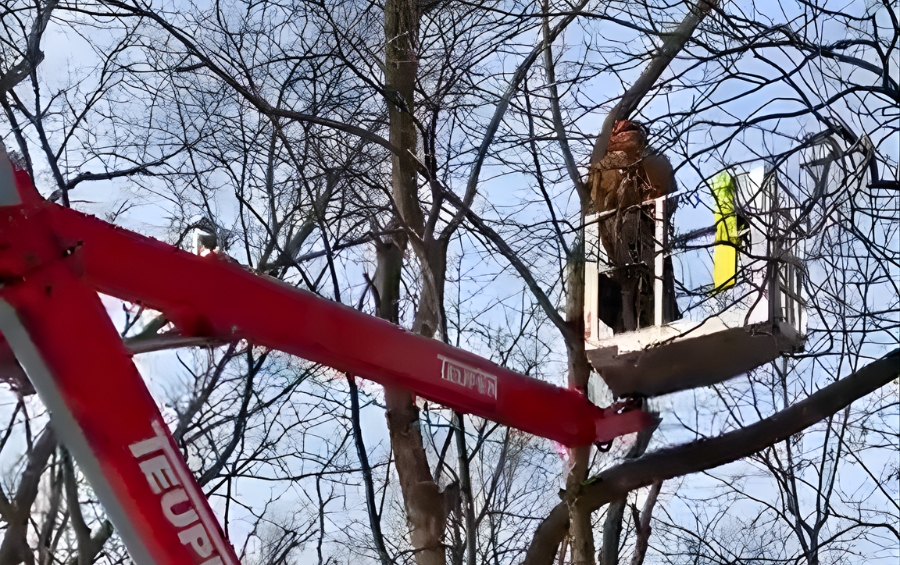
Protect Your Vulnerable Kansas City Trees with Proper Winter Pruning
Winter tree pruning in Kansas City requires understanding species-specific timing windows. And these aren’t simply general recommendations; they’re disease prevention protocols based on insect activity patterns and tree biology specific to Missouri.
Following proper timing protects your investment while improving tree structure, removing hazards, and enhancing your property’s curb appeal for decades to come. Arbor Masters has served homeowners throughout Liberty, Parkville, and the Kansas City Northland for over sixty years; our ISA Certified Arborists understand critical timing windows, follow strict disease prevention protocols, and can handle trees of any size.
Call 913-441-8888 or request your free estimate online today.

Get the latest local news, tree care tips, special offers, and company updates directly to your inbox! It's easy to subscribe and there's no spam - we promise.
"*" indicates required fields


